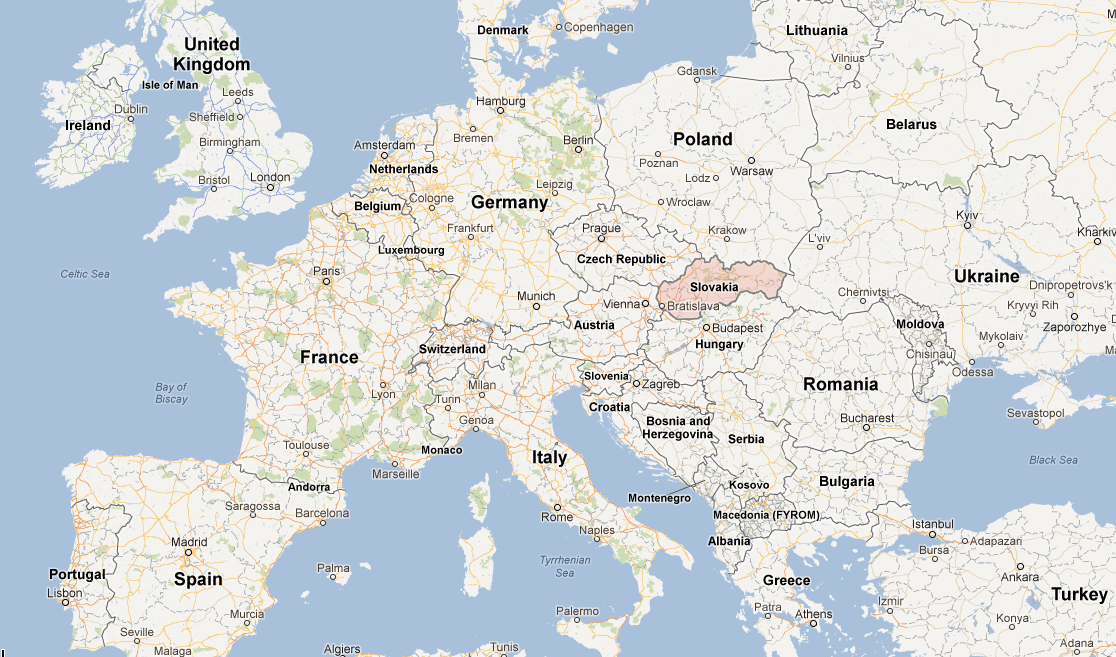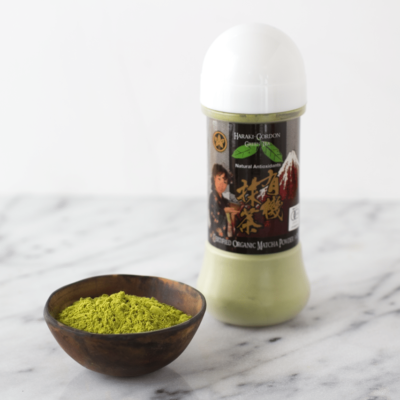This week, Tamás and I invited a Hungarian friend of his named András (Hungarian version of Andrew, pronounced something like “awhn-drahsh”) to stay with us for a couple of weeks. This actually turned out to be a lovely idea because András actually cooks and cooks very well, so I’ve gotten the pleasure of trying a few new foods while he is here, which, obviously to me, is always a bonus. Unless the houseguest only cooks cilantro.
Last week, he made a particularly delicious dish called Sztrapacska, which is like a Slovakian version of, how do I describe it, like a gnocchi casserole? He had gone on a trip once to Slovakia and wanted something cheap to eat at a restaurant. The cheapest thing was this dish and he absolutely loved it. And so did I when I tried it.
Sztrapacska (pronounced something like “shtrah-pahtch-kah”) is a type of peasant food, which is a term that describes, according to Wikipedia, “those dishes specific to a particular culture made from accessible and inexpensive ingredients and usually prepared and spiced to make them more palatable.” Some versions of peasant food that we still commonly eat are: baked beans, minestrone, po’boys, pea soup, polenta, ratatouille, tacos, and succotash.
I happen to like dishes such as these so much because they are the “comfort foods” that we so often turn to and are very cheap and easy to make. And it’s cool to note the peasant foods of other cultures, because you can learn a lot about them in just that way. Tamas and his family have introduced me to quite a few of these foods, which are mostly all variations on just a few themes, and they are all amazingly delicious.
And if you’re not familiar with Europe, take a look at this map to see where Slovakia is in relation to Hungary (where my husband Tamas is from) and the other countries in Europe. ‘Cause sometimes it’s cool to be a bit nerdy.
So here is thorough video with the recipe for this food, showing pictures of us when Andras and Tamas prepared the dish for us the other night. So you can enjoy it right along with us! And the recipe follows.
András’ Sztrapacska Recipe
INGREDIENTS
4 large, old potatoes (so they will be drier)
2 eggs
1 cup flour
3/4 lb smoked bacon
1 1/2 cups curd cheese or feta cheese
1 cup sour cream
4 tbsp olive oil, or any kind of oil
DIRECTIONS
- Peel and shred 4 large, old potatoes into a very large mixing bowl. The potatoes should be old so they are drier. If they are wet after peeling, drain them in a piece of cheesecloth to remove as much water as possible. If you don’t have any cheesecloth, an old dishtowel will do.
- Add 2 eggs and mix together. Then add 3/4 of the flour and mix. Add more flour, gradually mixing until your mixture reaches a consistency where you can form balls of potatoes. Only use this much flour; the amount will vary based on the size of your potatoes.
- Bring a very large pot of water, salt and 3 tbsp oil to a rolling boil, then turn heat off. When the water has stopped bubbling, add all of the potato balls, taking care not to break them up. When the balls of potatoes float to the surface, they are done cooking. Gently remove them from the water and drain.
- Chop the bacon into very small pieces and cook in a saute pan with the remaining 1 tbsp oil on medium high heat until all the pieces are crisp.
- Assemble the dish using a 9 x 13 glass pan. Add a layer of potatoes to the bottom of the pan. Sprinkle 1/3 of the bacon over the potatoes. Sprinkle 1/2 of the curd cheese over the bacon. Repeat these steps until you have 2 layers. Dollop the sour cream over top of the last layer of cheese and sprinkle the remaining bacon pieces over top.
- Bake in the oven at 450 degrees for 10 minutes, covered with a piece of aluminum foil. Remove the foil and bake another 10 minutes.
- Enjoy!














Thanks for posting this. Not too many people know what this really is – but I do! I am from Hungary and grew up on this dish. Love it!
One comment: the “real thing” is made with sheep’s milk cheese, which is hard to find in the USA. I use Bulgarian sheep’s milk feta, which tastes the same. The only down-side is that this feta is too dry, so it doesn’t really melt over the little dumplings. But the taste is great. If you have a chance to try it with sheep’s milk cheese or feta, I highly recommend it!
That’s right, Andi, our cheese didn’t melt either but it still tasted amazing! It’s such a guilty pleasure!! :D :D
in Cleveland, you can buy the right cheese at the West Side Market. It’s called brindza,
Oh that is awesome to know!! Thank you Eva!! :D
We used to improvise with feta as well. I bet I can find brindza cheese as well in St. Louis. The aesthetic of the non melted cheese is different from what most people are used to, but I bet you can find examples in lots of cuisines. Memories. Yummy.
Yes you are so right, Zoltan! That cheese was definitely different but I so loved it! Hopefully someday I can get an authentic version in Europe! :)
I saute the cooked noodles in some bacon fat until they are a little brown. In Hungary, they are typically served with crisp fried onions together with the bacon.
Ohhh this sounds amazing Piroska!!
I just found this Cheri. I wish I could find Brindza in WA state. I lived in Vienna for a year in 2007. A friend took me to Bratislava on our bicycles for strapacska (known locally as bryndzové halušky) a couple of times. I’ve been hooked ever since. I have seen it in rural Slovakia (Banská Štiavnica) on the vegetarian menu for about 2.50 koruna (currently 0.11 US$) which included the smoked speck, of course.
Oh Chopper, I wish I could go to that restaurant!! :) It’s been a while since I had this dish, but man, do I remember like it was yesterday! :D
Hi Cheri, Thank you for the recipe. My family are Dunasvab from Szatmar-megye and I’ve been craving this for quite a while. My mother prepared it little differently (unfortunately I don’t have the recipe written down, she worked from memory). We usually had this on meatless days (Catholic) so there was no bacon but the galuska got mixed in with a healthy amount of sauerkraut with a equally healthy tablespoon or two of sour cream after it had been plated. Guess what I’m having for supper tomorrow?
Ohhhh my goodness Richard that sounds so amazing with the sauerkraut too! YUM! Hope you loved it!! :D